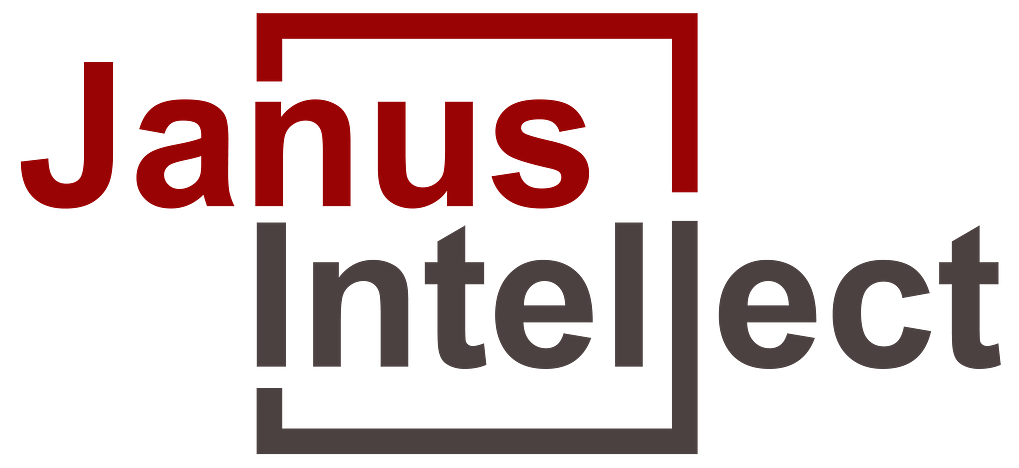Introduction
The Global Agriculture Analytics Market is set to surge from USD 1.38 Bn in 2023 to a projected USD 2.55 Bn by 2028, growing at a CAGR of 13.04%.
Segment Analysis for Global Agriculture Analytics Market
The Global Agriculture Analytics Market is segmented based on Offering, Agriculture Type, Technology, and End-Users.
The Global Agriculture Analytics Market, categorized by Agriculture Type, encompasses various sectors driving its dynamics.
- Precision Farming: This segment, marked by its focus on optimizing crop yields through data-driven insights, is a key driver. Farmers leverage analytics for precise resource allocation, enhancing overall productivity.
- Livestock Farming: In the realm of livestock management, analytics plays a vital role. From monitoring animal health to optimizing breeding practices, farmers use data to make informed decisions, promoting efficiency.
- Aquaculture Farming: Analytics in aquaculture aids in monitoring water quality, optimizing feeding practices, and disease detection. This segment reflects the increasing adoption of technology to enhance fish and seafood production.
- Vertical Farming: The vertical farming segment, representing innovative cultivation practices, sees significant growth. Analytics supports vertical farming by providing insights into climate control, lighting optimization, and resource management.
- Others (Organic and Conventional farming): This inclusive category covers diverse farming approaches, including organic and conventional methods. Analytics contributes by offering insights into sustainable practices, resource optimization, and crop health management.
Regional Analysis for Global Agriculture Analytics Market
North America is expected to account for the largest market size during the forecast period.
Agriculture analytics has gained significant importance in North America as farmers and agribusinesses leverage data-driven approaches to optimize their operations. With the increasing adoption of advanced technologies and the availability of vast data, farmers and agribusinesses are leveraging analytics to gain valuable insights into their operations and make informed decisions. The rapid developments in infrastructure, high adoption of digital technologies, and demand for data-driven solutions contribute to the agriculture analytics market growth in the region.
List of Companies
The report provides profiles of the key companies, outlining their history, business segments, product overview, and company financials. Some companies from competitive analysis are Accenture, Agribotix LLC, Bayer AG, Conservis, Delaval, etc.
Key Developments
IBM announced a partnership with The Climate Corporation, a subsidiary of Monsanto, to develop and market a new agriculture analytics solution. The solution will use IBM’s Watson IoT platform to collect and analyze data from various sources, including weather, soil, and crop data. The data will be used to help farmers make better decisions about how to manage their crops. – March 2023
John Deere and Nutrien Ag Solutions partner on digital connectivity. Both companies leverage this connectivity to enhance grower service by optimizing logistics and seamlessly transferring variable rate agronomic recommendations to their equipment for execution. – Jan 2023
Frequently Asked Questions
How Much Is The Global Agriculture Analytics Market Size?
The Global Agriculture Analytics Market is set to surge from USD 1.38 Bn in 2023 to a projected USD 2.55 Bn by 2028, growing at a CAGR of 13.04%.
What Is The Major Global Agriculture Analytics Market Driver?
- Rising Need for Optimal Resource Utilization
- The Advancements of Technologies in Agriculture
What are the Major Agriculture Analytics Market opportunities?
- Continuously Growing Population and Increasing Higher Demand for Food
- Acquisition and Mergers Would Offer Lucrative Opportunities
Which Region Held The Largest Share In The Agriculture Analytics Market?
North America has Gained Significant Importance Because of the Increasing Adoption of Advanced Technologies and Rapid Development of Infrastructure.
Who Are The Agriculture Analytics Market Players?
Accenture, Agribotix LLC, Bayer AG, Conservis, Delaval, etc.


